
Blog

Pregnancy Exercise Guidelines

Chicken Salad Recipe
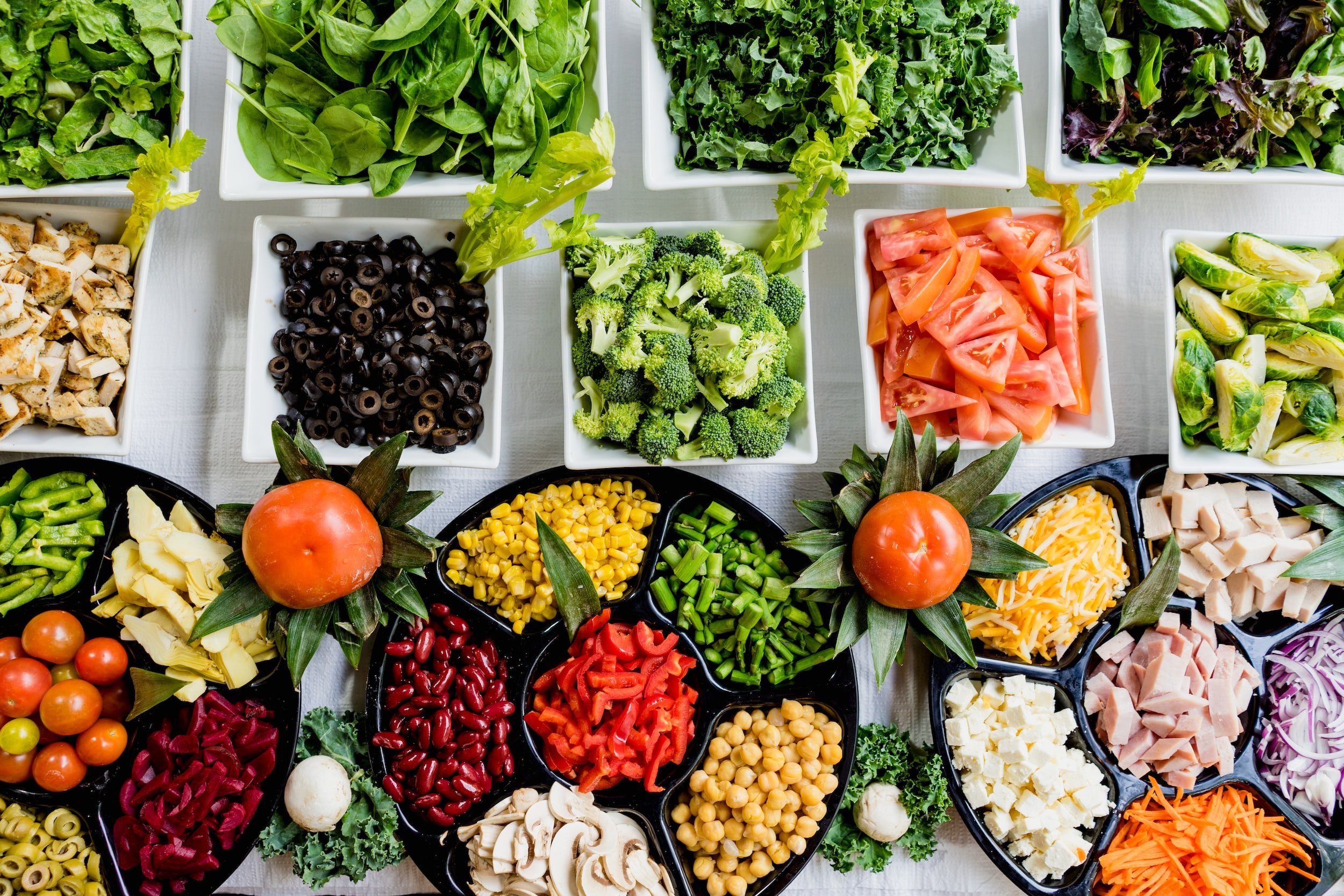
Strategies For Weight Loss or Maintenance

Different Ways To Resistance Train
Next time someone tells you Pilates Equipment or Barre or not lifting “heavy” is ineffective, proudly show them the studies in the resource section of this post and tell them your trainer intelligently builds your body strong, all the while preventing injuries and feeling good.

Lumbopelvic Stability
A great way to begin to connect with your outer and inner core muscles is a technique called bracing. This technique definitely provides stability to the lumbopelvic region. I have filmed a 3 minute video demonstrating how best to brace your core during standing lifts, planks, and abdominal exercises.

Scapular Retraction and Why It’s Important
Often I see shoulders rolling forward during rows and arm extensions, and while it’s unlikely to cause injury, it’s not maximizing the full potential of the exercise. By focusing on rolling the shoulder back as you begin to pull back, the shoulder blade will automatically slide towards the spine, which is called scapular retraction.
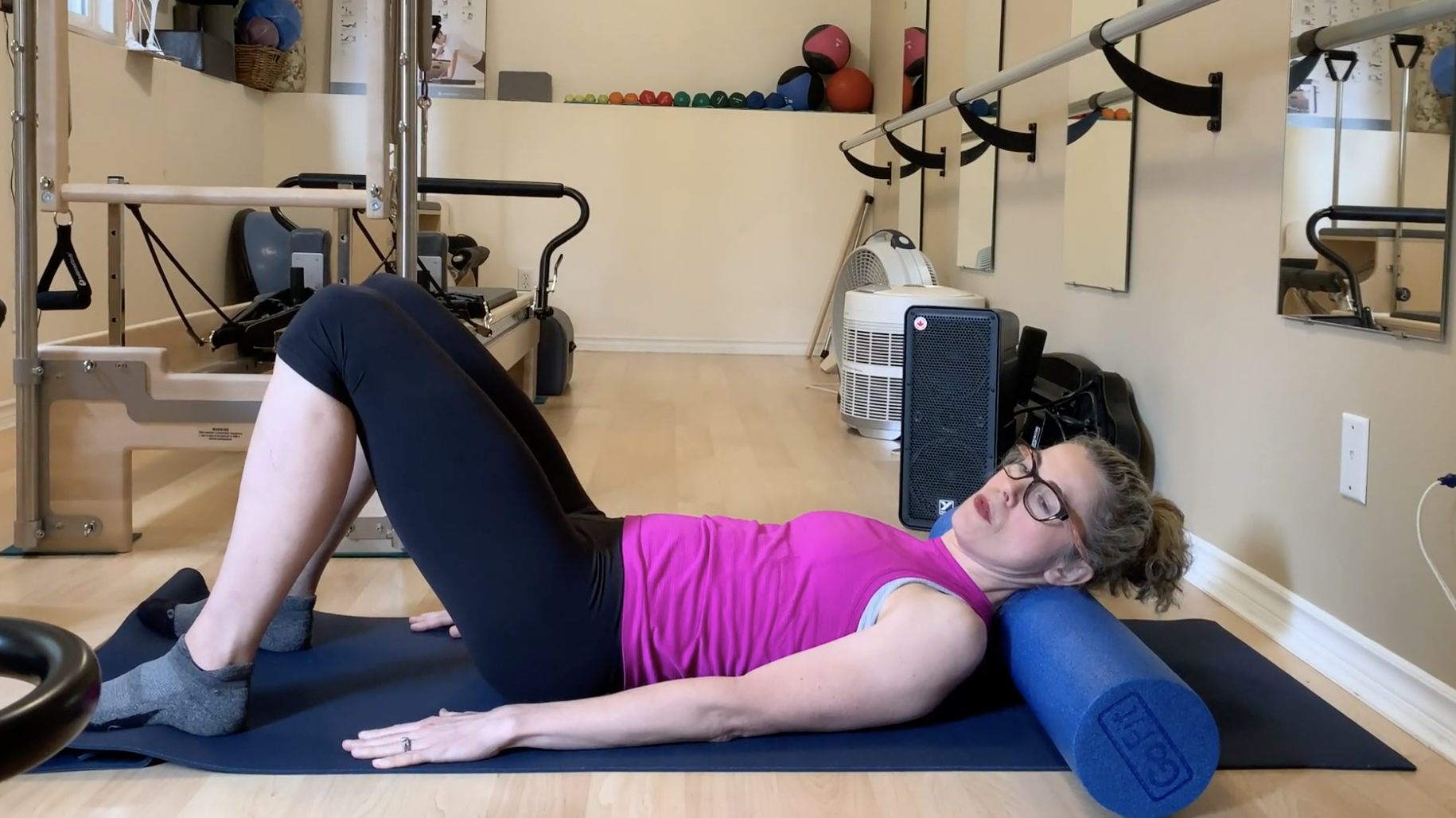
Neck Pain Help
Temporary neck pain relief from self massage, stretch, and strengthening.
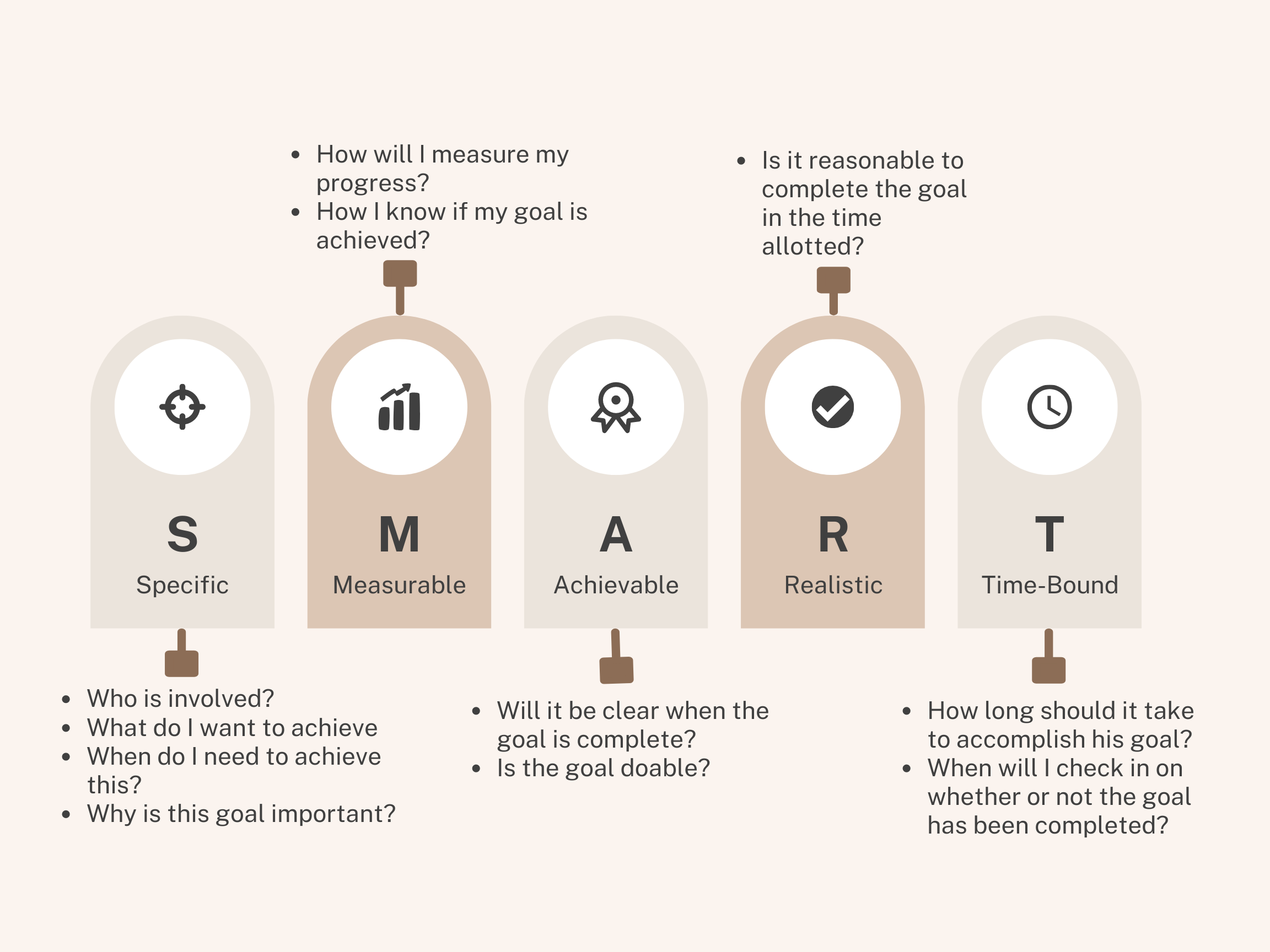
Health Goals for Success
For fitness, consistency is best. The key is setting goals. SMART goals. Now before you roll your eyes, please let me lay out an important scientific fact about goal setting I recently discovered.
76% of people who wrote down their goals and provided weekly progress to a friend or trainer achieved their goals. WOW! That is huge! This study shows the value of taking the time to write down your goals, create an action plan, and develop a system of support to hold yourself accountable for achieving your goals.
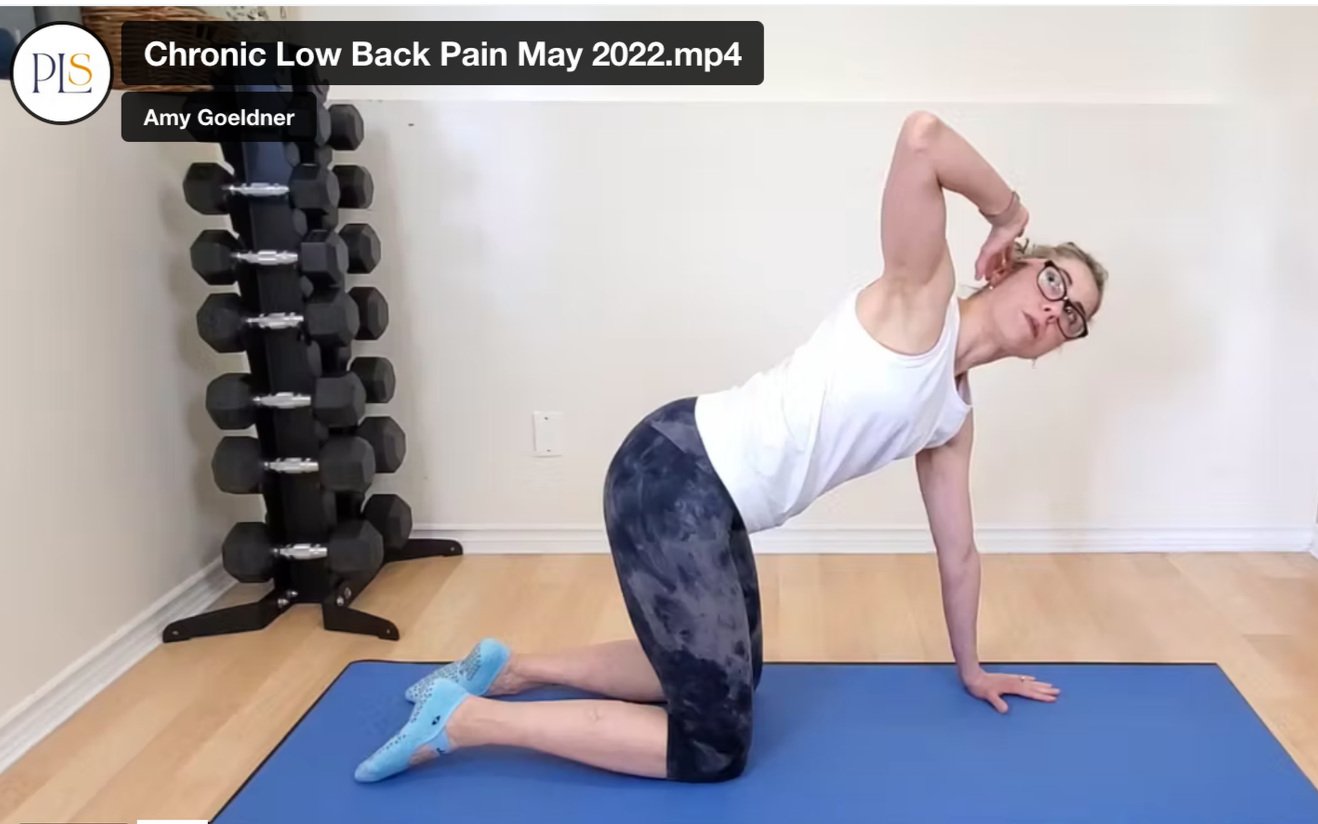
Low Back Pain
The good news many studies show there is a way out of chronic low back pain. If we can find a balance of stress, physical activity, and healthy eating habits our cup will not over flow and/or we build a bigger cup.

Vitamin D & Omega-3s to Prevent Muscle Loss
Recent studies have revealed that vitamin D levels are positively correlated with muscle mass, strength, and physical performance in older adults. A meta-analysis by Antoniak and Greig indicated an additive effect of resistance exercise and vitamin D3 supplementation improves muscle strength in older adults. Between 70-97% Canadians demonstrate vitamin D deficiency, this seems to indicate why it's difficult gain and maintain lean muscle mass.

Protein Intake for Muscle Loss Prevention
Last week I wrote about a condition called sarcopenia, which is age-related muscle loss. Sarcopenia is associated with increased risk of falls, disability, poor quality of life, and premature death. It’s preventable by eating the right amount of protein, getting enough vitamin D and omega fatty acids, and resistance training 2-3 times weekly.
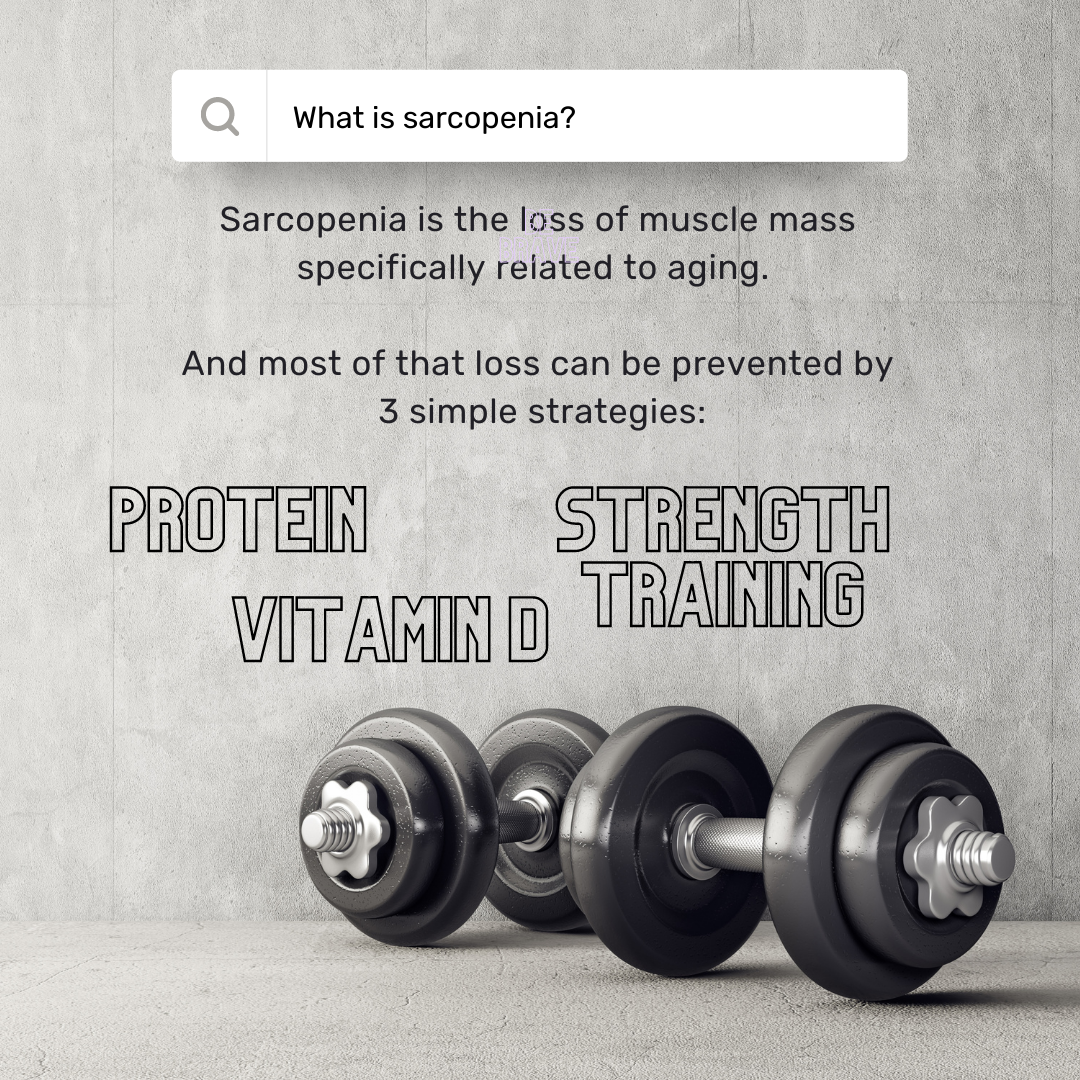
What is Sarcopenia and How to Prevent It
Sarcopenia is the loss of muscle mass specifically related to aging. It's normal to lose some muscle mass as we age, but most of this loss is preventable. People with sarcopenia often experience weakness and decreased stamina, which affects their ability to carry out physical activities. A reduction in activity leads to further muscle mass loss. Decreased muscle also affects the metabolism and is associated with increased body fat. Muscle loss starts around the age of 35, unless we do something about it.
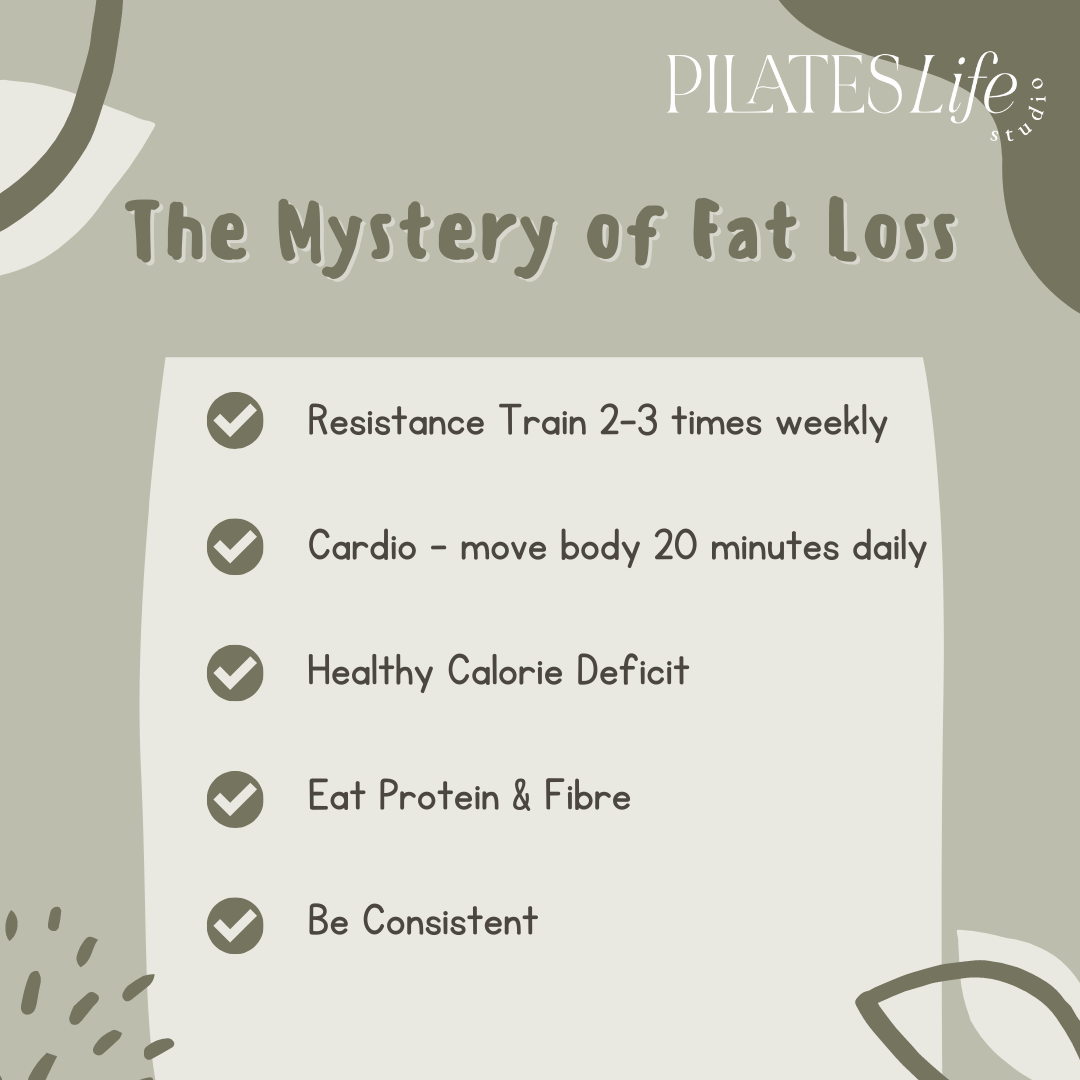
The Mystery of Fat Loss
Not everyone has fat loss goals, and I promote loving your body regardless of size. And with obesity, people can reduce their health risks by simply exercising (I cite the study below). But many clients do have the goal to lose weight, and I wanted to dispel a few fat loss myths with some science.

National Exercise Guidelines
All recommend the same amount of exercise to increase our mood, bone density, lean muscle mass, cognitive function, and sleep quality, and to decrease risk of certain cancers, type 2 diabetes, depression, anxiety, chronic pain, inflammation, cardiovascular disease, and blood pressure.
Exercise is like healing medicine for our bodies. Amazing stuff right?!

Slow Metabolism to Blame?
According to a new study from the peer-reviewed Science Journal our metabolism really doesn’t change from age 20 to 60, and even after 60, your metabolism declines only 0.7% per year. So what is the cause for our weight gain as we age? Well…it’s multi-factorial.

Why Pilates is Amazing - Part 5: Flow & Precision
To be precise in our Pilates practice we need to strengthen our skills of concentration, control, and centring. Without practicing with awareness and precision Pilates movements become almost meaningless. This is because without a level of control and precision, a practitioner may be moving with momentum and/or using their joints instead of their necessary muscles.
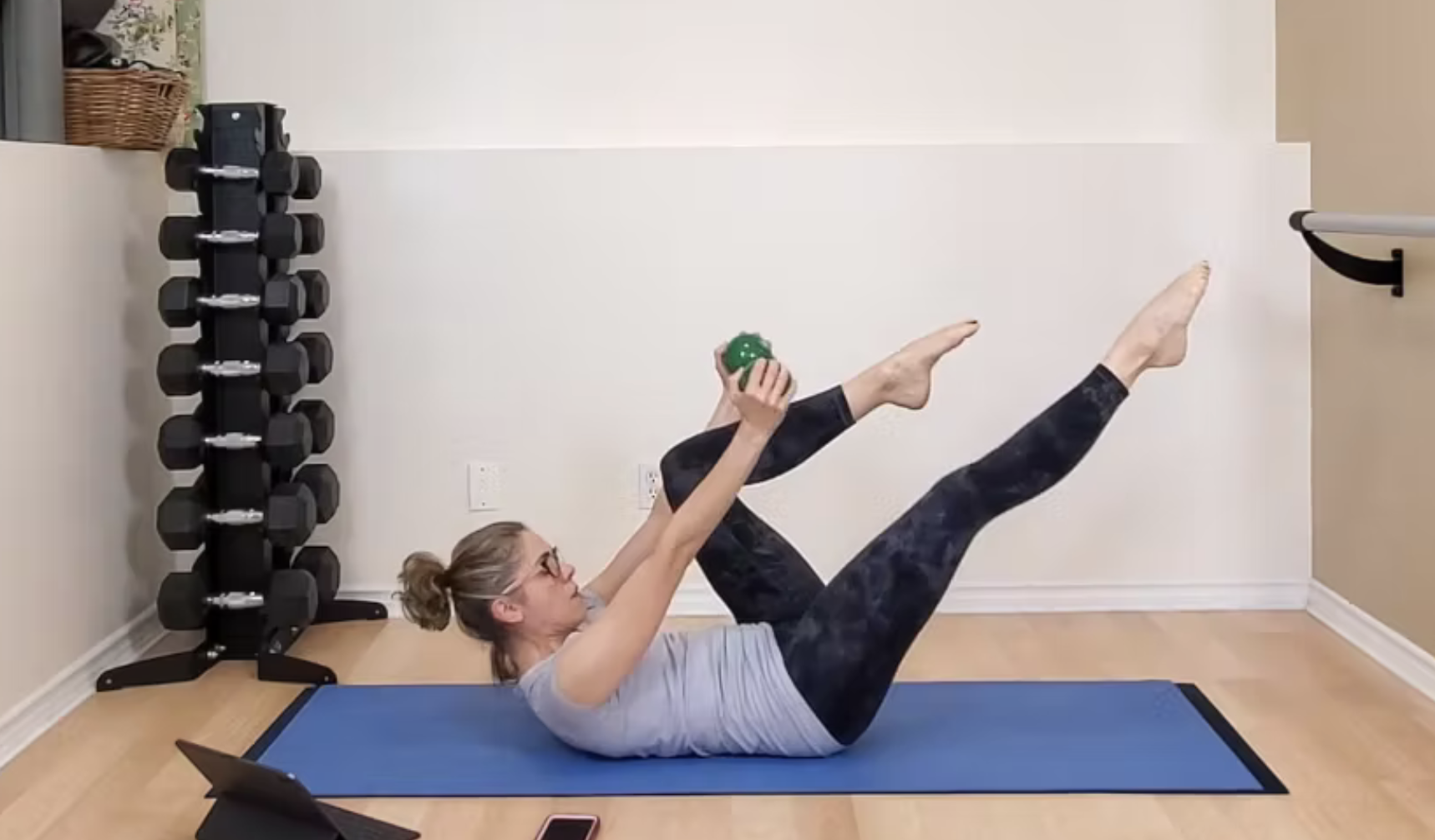
Why Pilates is Amazing - Part 4: Control and Centring
Our bodies are highly adaptable. There is a principle in kinesiology (the study of human movement) called the SAID principle which states that the human body adapts specifically to imposed demands. Specific stressors on the human system, whether biomechanical or neurological, will produce Specific Adaptation to Imposed Demands (SAID). This means the more we practice controlling our muscles during Pilates the better we get at it.
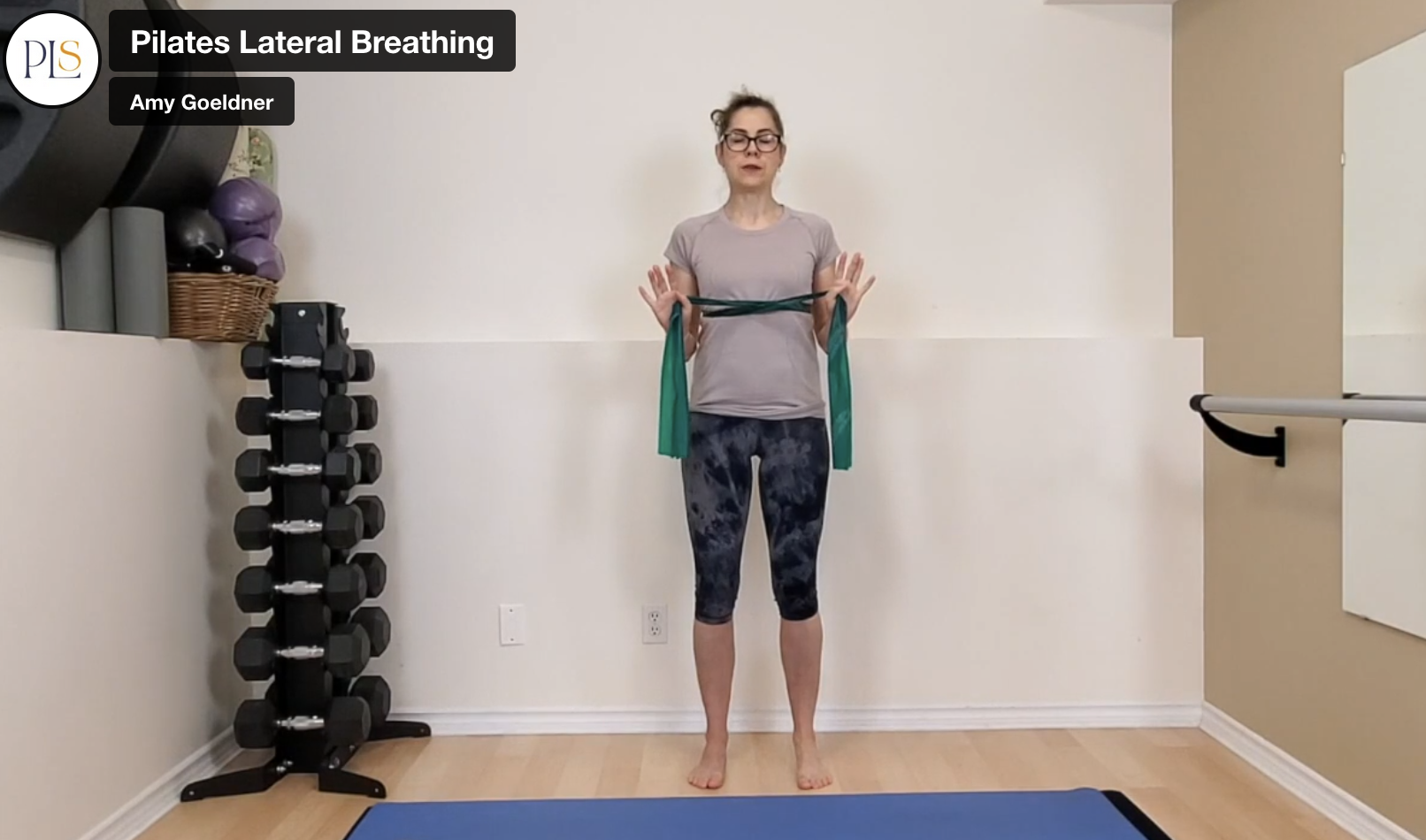
Why Pilates is Amazing - Part 3: Breath and Concentration
In Pilates, we use lateral (side) breathing, also called intercostal breathing. When laterally breathing an effort is made to emphasize the expansion of the sides and back of the rib cage when we inhale. This promotes a consistent inward pull of the abdominal wall. On the exhale, our abdominal muscles assist our bodies which in turn helps to stabilize the trunk.

Why Pilates is Amazing - Part 2: Awareness & Balance
Each person has a unique set of imbalances, and these are almost always related to their previous injuries and/or dysfunctional movement patterns. A properly designed Pilates exercise program brings balance in our muscles safely and gradually as using the Pilates equipment helps support the body in the correct alignment. Because the loads of resistance are light to medium in Pilates compared to other modes of strength training the risk of injury is quite low. So the exercises in Pilates can help bring balance, coordination, healthy joint mobility, muscular strength and endurance, and core stability. I truly believe Pilates is the BEST way to train the body.
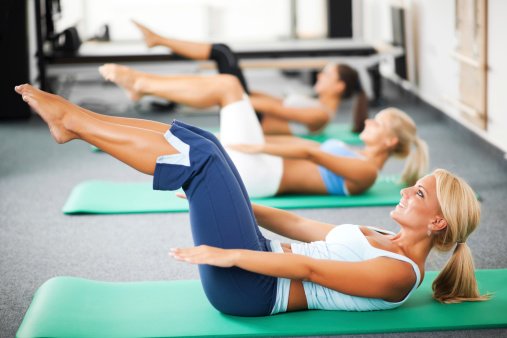
Why Is Pilates So Amazing: Part 1 Intro
I have trainings in both Classical and Contemporary methods, which is why at Pilates Life Studio you are often presented a melding of both amazing methods.
